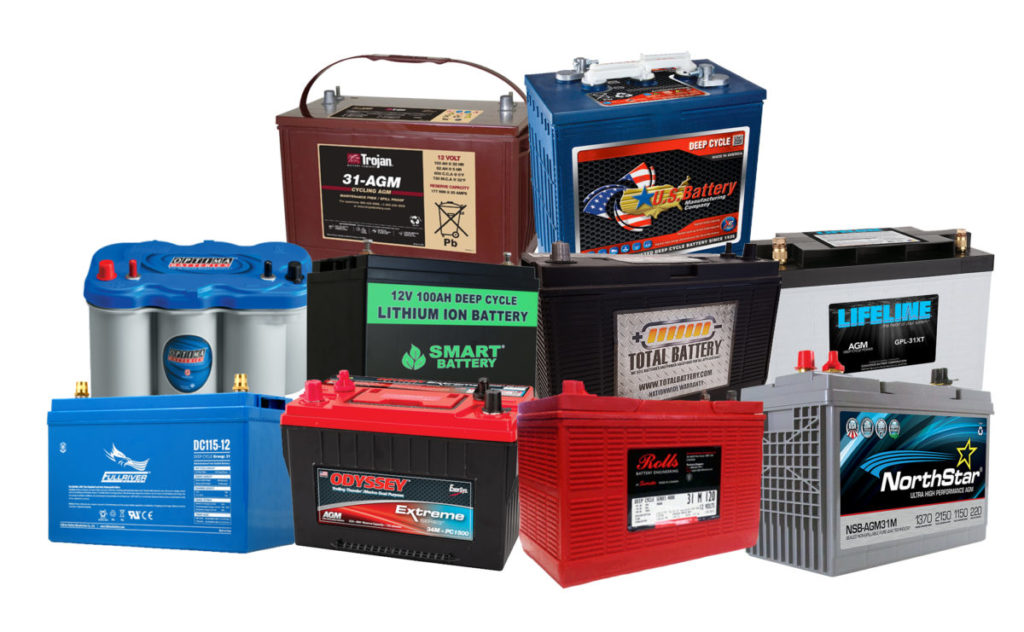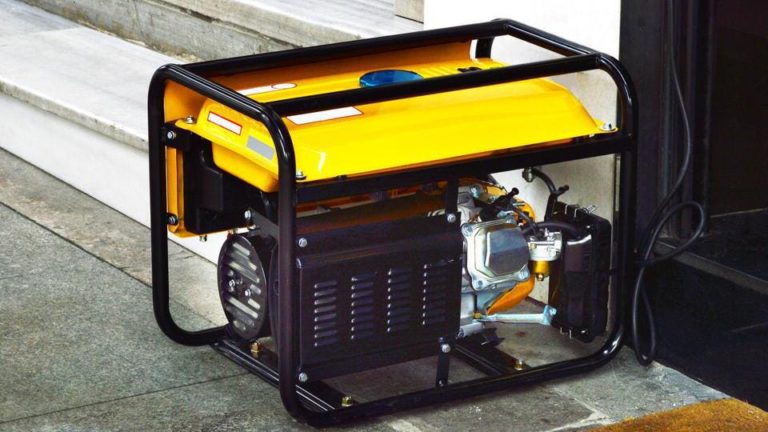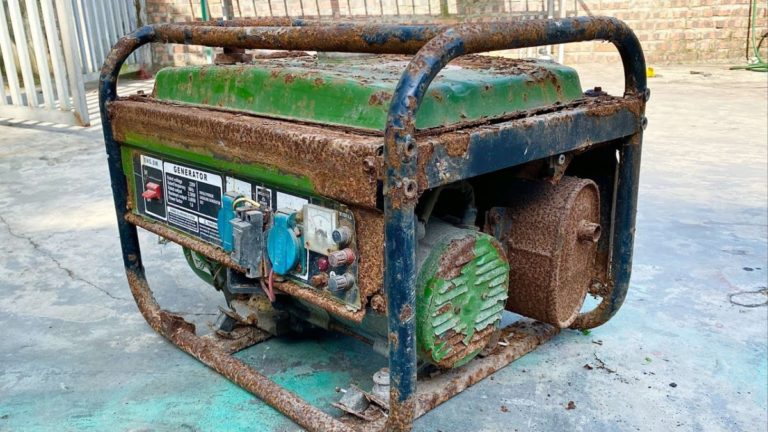When it comes to selecting deep cycle batteries for your recreational vehicle or off-grid energy system, understanding the different types of terminologies used in the industry can be a daunting task.
However, with the right information, you can make informed decisions and choose the perfect battery for your specific needs.
We will delve into the various types of deep cycle batteries available, their features, and the best applications for each type.
From lead-acid to lithium-ion and everything in between, we’ll explore the different terminologies used to describe these batteries and provide actionable information on what you need to know before making your next purchase.
Definition of Deep Cycle Batteries
Deep cycle batteries are designed to provide a steady amount of power over a long period of time, making them ideal for applications such as electric vehicles, golf carts, and renewable energy systems.
These batteries are designed to handle the rigors of deep discharges and frequent charging cycles, making them perfect for electric vehicles, golf carts, and renewable energy systems.
Unlike traditional automotive batteries, which are designed to provide a brief burst of power to start the engine and then quickly discharge, deep cycle batteries are built to maintain a steady voltage and current output over many hours, allowing for a reliable and efficient power supply.
The slow discharge rate of deep cycle batteries means that they can provide a consistent flow of power over a longer period of time, making them ideal for applications that require a steady source of power.
Types of Deep Cycle Batteries
There are several types of deep cycle batteries available, including lead acid, AGM (absorbed glass mat), and gel. Each type has its own strengths and weaknesses, and the best choice will depend on the specific application.
When it comes to deep cycle batteries, there are several types to choose from, each with its own unique strengths and weaknesses.
Lead acid batteries are the most traditional and widely used option, known for their high capacity and relatively low cost.
However, they are also the heaviest and require regular maintenance to prolong their lifespan.
AGM (absorbed glass mat) batteries, on the other hand, are more modern and offer improved performance and durability.
They are lightweight, resistant to vibration, and require minimal maintenance.
Gel batteries are a more premium option, offering exceptional performance and lifespan, but at a higher cost.
They are also more sensitive to temperatures and require special charging equipment.
Understanding the specific application and requirements is important in choosing the best deep cycle battery type for your needs.
For example, if you need a battery for a high-performance electric bike, a gel battery may be the best choice, while a lead acid battery may be more suitable for a solar-powered water pumping system.
By considering the specifics of your application, you can make an informed decision and choose the deep cycle battery that best fits your needs.
Lead Acid Batteries
Lead acid batteries are the most common type of deep cycle battery. They are relatively inexpensive and widely available, but they have a shorter lifespan and are more prone to maintenance issues than other types.
Lead acid batteries are the most commonly used deep cycle batteries due to their affordability and wide availability.
They are a good option for those on a tight budget or who require a large number of batteries for their application.
However, lead acid batteries have a shorter lifespan compared to other deep cycle battery types, typically lasting between 5 to 10 years.
This means that they may need to be replaced more frequently, which can be a hassle and add to the overall cost of ownership.
Lead acid batteries are more prone to maintenance issues, such as watering and cleaning, which can be time-consuming and increase the likelihood of human error.
Despite these drawbacks, lead acid batteries remain a popular choice for many applications due to their affordability and widespread availability.
AGM Batteries
AGM (absorbed glass mat) batteries are a popular choice for deep cycle applications. They have a longer lifespan and are less prone to maintenance issues than lead acid batteries, but they are more expensive.
AGM (absorbed glass mat) batteries are a top choice for deep cycle applications due to their extended lifespan and reduced maintenance needs, although they come at a higher cost compared to lead acid batteries.
AGM batteries boast an average lifespan of 5-7 years, double that of lead acid batteries, and are less prone to maintenance issues such as watering and battery equalization.
The increased cost is mitigated by the reduced need for maintenance and the extended lifespan, making AGM batteries a smart investment for those seeking a reliable and long-lasting deep cycle battery solution.
With a more consistent and stable performance, AGM batteries are ideal for applications that require a steady power supply, such as RVs, golf carts, and renewable energy systems.
Their advanced technology and improved performance make AGM batteries a premium option for those looking to maximize their deep cycle battery investment.
Gel Batteries
Gel batteries are a type of deep cycle battery that uses a gel-like electrolyte instead of liquid. They have a longer lifespan and are more resistant to extreme temperatures, but they are also more expensive.
Gel batteries are a type of deep cycle battery that utilizes a gel-like electrolyte instead of liquid.
This unique design allows for a longer lifespan and increased resistance to extreme temperatures, making them an excellent choice for heavy-duty applications such as electric vehicles, renewable energy systems, and backup power systems.
Compared to traditional lead-acid batteries, gel batteries are more durable and can withstand a wider range of temperatures, from -40°C to 40°C (-40°F to 104°F).
Gel batteries have a lower self-discharge rate, which means they retain their charge longer when not in use.
While gel batteries are more expensive than traditional lead-acid batteries, their longer lifespan and increased resistance to extreme temperatures make them a worthwhile investment for many applications.
Cranking Amps vs. Ampere-Hours
When selecting a deep cycle battery, it’s important to consider both cranking amps and ampere-hours. Cranking amps measure the battery’s ability to start the engine, while ampere-hours measure the battery’s ability to provide power over time.
When selecting a deep cycle battery for your marine or recreational vehicle, it is essential to consider both cranking amps and ampere-hours.
Cranking amps measure the battery’s ability to start the engine, while ampere-hours measure the battery’s ability to provide power over time.
Cranking amps are critical for quickly turning over the engine, especially in cold weather or when the battery is old.
Look for a battery with a high cranking amp rating, typically between 400 and 700 amps, depending on the size and type of your vehicle.
However, a high cranking amp rating alone is not enough.
You also need to consider the ampere-hours, which measure the battery’s ability to provide power for extended periods.
Ampere-hours (Ah) represent the amount of energy a battery can store and provide over time.
Look for a battery with a high Ah rating, typically between 15 and 25 Ah, depending on your specific needs.
A higher Ah rating means the battery can provide more power for longer periods before needing to be recharged.
A high cranking amp rating combined with a high Ah rating will provide the power and endurance you need for your marine or recreational vehicle.
Depth of Discharge
The depth of discharge (DOD) is a measure of how fully a battery is discharged before it needs to be recharged. A deeper discharge will provide more power, but will also reduce the battery’s lifespan.
The depth of discharge (DOD) is a critical factor in determining the performance and longevity of a battery.
DOD refers to the percentage of the battery’s capacity that is utilized before it needs to be recharged.
A deeper discharge will provide more power and increase the battery’s efficiency, but it will also reduce the battery’s lifespan.
This is because a deeper discharge puts more stress on the battery’s cells, causing them to degrade faster.
On the other hand, a shallower discharge will prolong the battery’s lifespan, but it may not provide as much power.
To illustrate this point, consider a 12-volt lead-acid battery with a capacity of 500 ampere-hours.
If the battery is discharged to 50% of its capacity (500Wh), the DOD is 50%.
This means that the battery has delivered 500Wh of energy and needs to be recharged to fully recover its capacity.
If the battery is discharged to 80% of its capacity (400Wh), the DOD is 80%.
While the battery has delivered more power in this case, it has also experienced more stress and will have a shorter lifespan.
The depth of discharge is a important factor to consider when using batteries, as it directly affects the battery’s power output and lifespan.
By understanding the DOD and how it impacts battery performance, you can optimize your battery usage and extend its lifespan.
Self-Discharge
All batteries will lose some of their charge over time, even when not in use. This is known as self-discharge. Look for batteries with a low self-discharge rate to maximize their shelf life.
All batteries will eventually lose some of their charge over time, even when not in use.
This is known as self-discharge, and it’s a natural process that occurs due to chemical reactions within the battery.
The rate at which a battery self-discharges can vary depending on factors such as temperature, storage conditions, and the type of battery chemistry used.
Generally speaking, lithium-ion batteries tend to have a lower self-discharge rate compared to other battery chemistries like nickel-cadmium or lead-acid.
This is because lithium-ion batteries have a more stable chemistry that is less prone to degradation over time.
When shopping for batteries, it’s important to look for ones with a low self-discharge rate to maximize their shelf life.
A low self-discharge rate means that the battery will retain its charge longer, which can be especially useful if you plan to store the batteries for an extended period of time.
Look for batteries that are specifically labeled as having a low self-discharge rate, and be aware that this feature may come at a higher cost.
Be sure to store your batteries in a cool, dry place to slow down the self-discharge process.
By taking these precautions, you can help ensure that your batteries remain fresh and ready to use when you need them.
Want More? Dive Deeper Here!
Hey there! If you’re the type who loves going down the rabbit hole of information (like we do), you’re in the right spot. We’ve pulled together some cool reads and resources that dive a bit deeper into the stuff we chat about on our site. Whether you’re just killing time or super into the topic, these picks might just be what you’re looking for. Happy reading!






